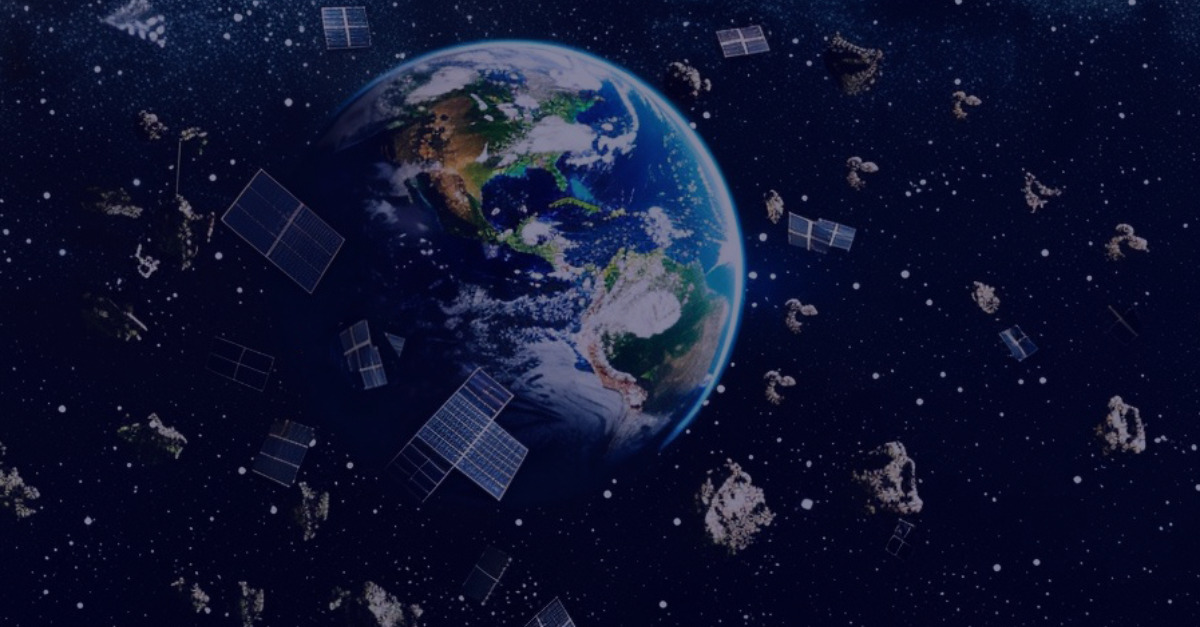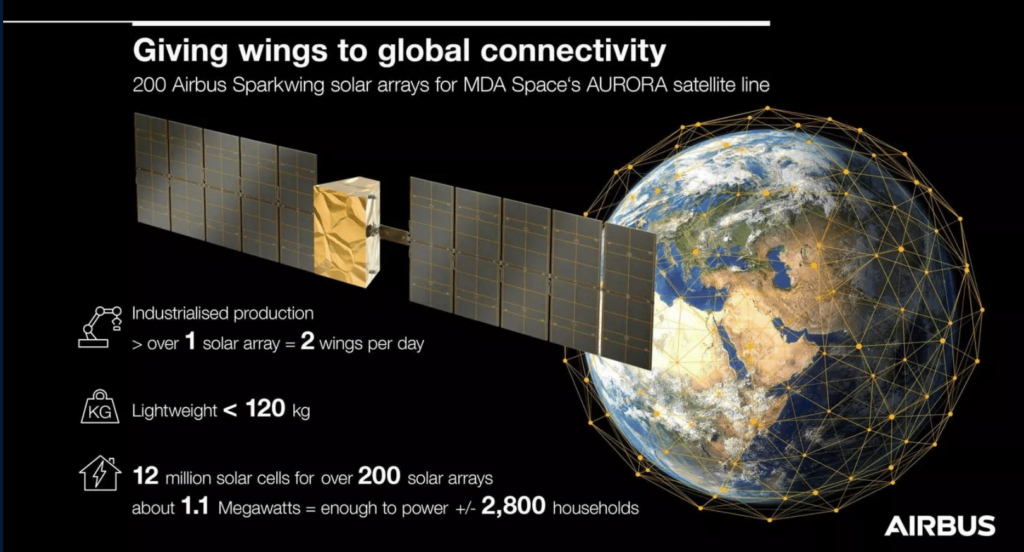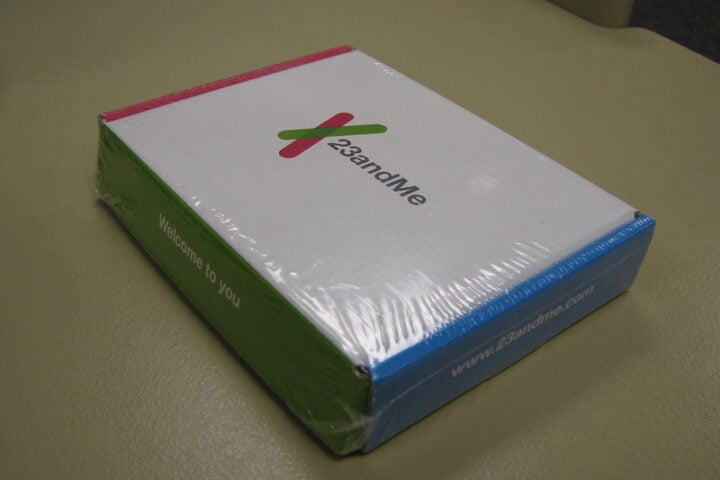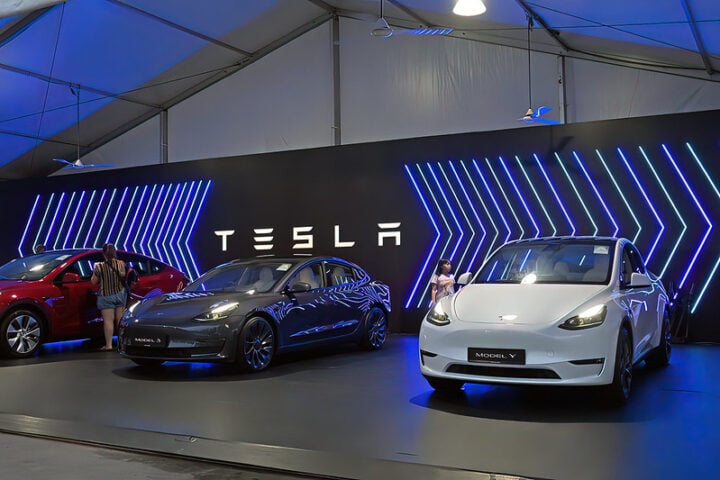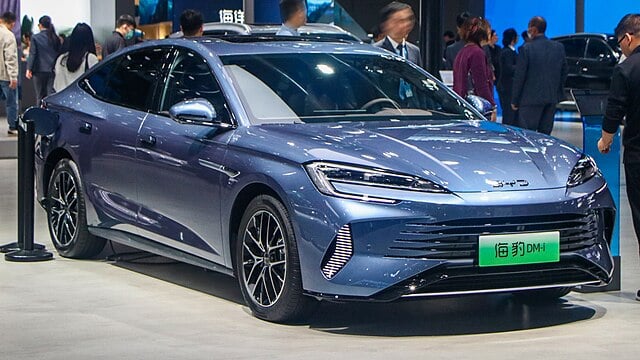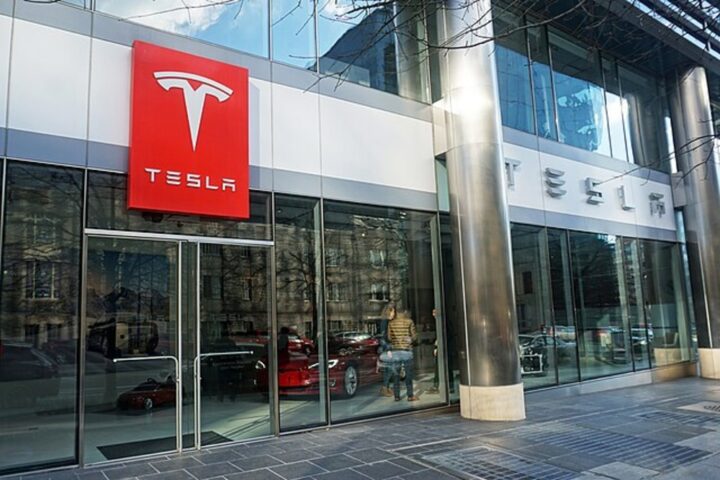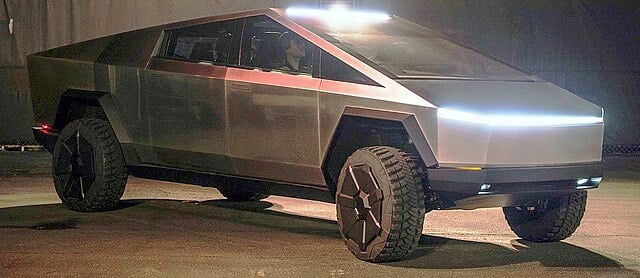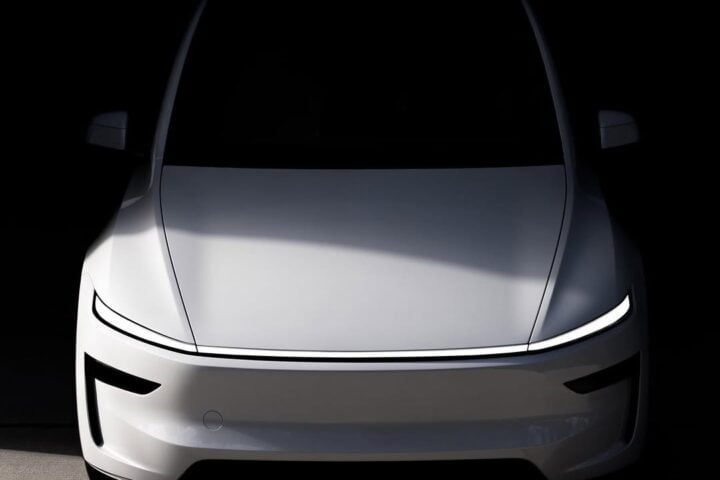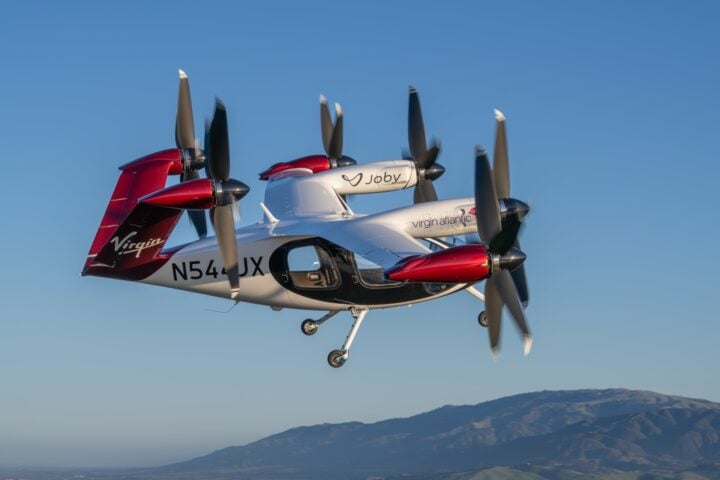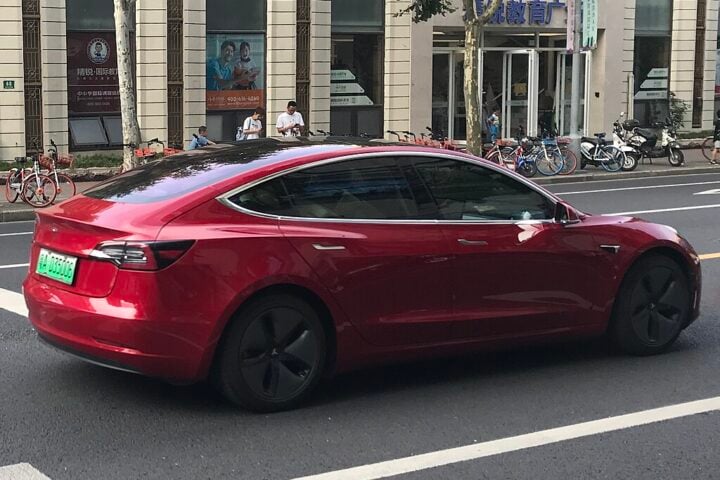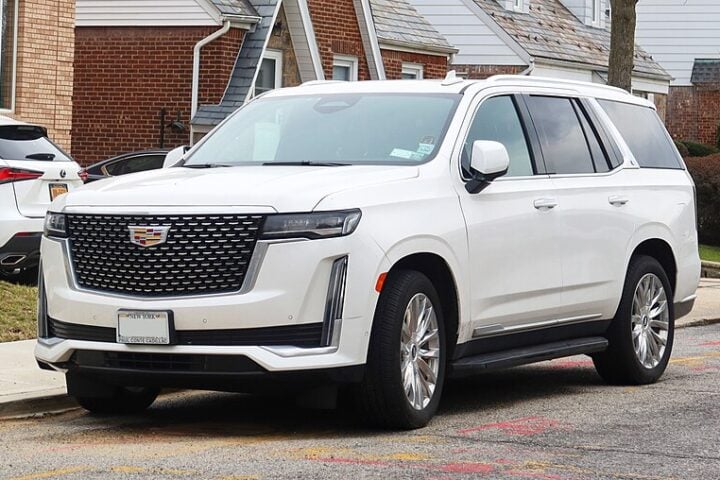On September 16, 2024, the European Space Agency (ESA) inked a deal with Neuraspace, a Portuguese space traffic management (STM) firm. The contract tasks Neuraspace with providing STM solutions for ESA missions.
The multi-million Euro agreement spans two years. It will see Neuraspace’s STM platform integrated into ESA’s Space Debris Office (SDO) toolkit at the European Space Operations Centre (ESOC) in Germany.
ESA plans to use Neuraspace’s service daily to evaluate potential satellite collisions. The missions involved operate under various conditions, offering a diverse testing ground for STM tech.
Neuraspace’s system employs AI to crunch data from radar, optical sensors, and databases. It factors in variables like solar storms and object shapes to forecast collisions.
Klaus Merz, Senior Collision Avoidance Analyst at ESA, said: “ESOC is home to our Space Safety programme, focussed on the perils in space that threaten critical components of our modern society. If not managed properly, resident space objects ultimately threaten the economically vital Earth orbits to become unusable.”
Similar Posts
This partnership reflects a broader trend. As orbital congestion worsens, space agencies increasingly turn to private firms for solutions.
ESA’s 2024 Space Environment Report noted a rise in collision avoidance maneuvers by active spacecraft. In July 2023, ESA’s Aeolus satellite performed a controlled re-entry over Antarctica after dodging a Starlink satellite in 2019.
Neuraspace isn’t resting on its laurels. On September 10, 2024, it unveiled an optical telescope in Beja, Portugal, funded by the European Commission. The company also released a free version of its STM platform to foster industry collaboration.
For Neuraspace, this contract offers a chance to refine its product and boost its market standing. CEO Chiara Manfletti stated: “The collaboration will provide a significant opportunity for Neuraspace to embed learnings and refine and enhance our existing solution for both institutional and commercial needs.”
However, challenges remain. In February, Manfletti highlighted the lack of clear rules for collision avoidance: “Who moves first? Is it the satellite that is the biggest and most expensive? Is it the satellite that has the most propellant on board?”
